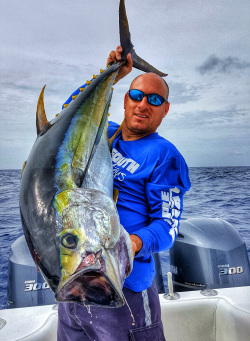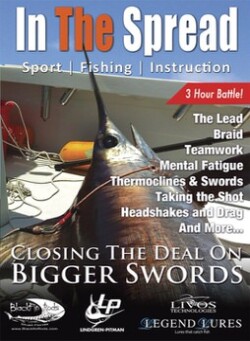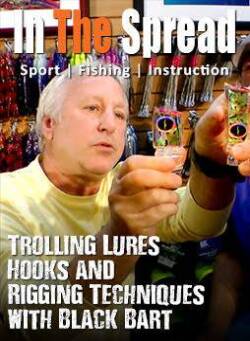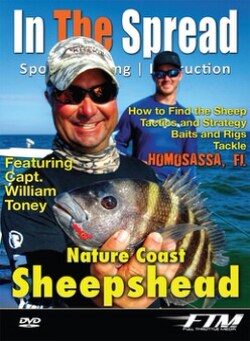Winter inshore fishing offers delicious table fare for black drum, a bottom feeder that eats shrimp, fiddler crabs, and other crustaceans. Capt. William Toney will teach you where to fish, how to target puppy drum, and how to locate deeper holes and channels. These tips are invaluable for winter days when exploring further out.
Black Puppy Drum Fishing with William Toney
(00:59:58)Black Puppy Drum Fishing in Mid-Winter: Deep Water Tactics
Mid-winter puppy drum concentrate in deeper sections of rivers and estuaries where water temperatures remain stable and forage availability sustains feeding activity when shallow water fishing slows dramatically. Captain William Toney demonstrates why targeting eating-sized black drum in 8 to 15 feet of water during winter months produces consistent action while most anglers focus on redfish or wait for spring warming. Understanding what draws puppy drum to specific deeper holes and channels during cold periods determines whether you locate fish efficiently or waste time working unproductive water based on summer patterns that don't apply during winter.
Why Do Puppy Drum Move to Deeper Water During Mid-Winter?
Black drum seek temperature stability during winter cold fronts when shallow flats and grass beds experience dramatic temperature swings that stress fish and reduce feeding activity. Deeper river channels and holes maintain more consistent temperatures, providing refuge where puppy drum continue feeding on oysters, crabs, and shrimp concentrated along bottom structure. These fish remain active throughout winter unlike some species that become lethargic, making them excellent targets when other inshore options decline. The term "puppy drum" refers to eating-sized black drum typically ranging from 2 to 8 pounds that provide better table fare than larger specimens exceeding 15 pounds.
What Fishing Tactics Work for Puppy Drum in Deep River Sections?
Bottom fishing with light tackle allows detecting the subtle bites characteristic of black drum feeding on crustaceans and mollusks. Captain William Toney explains bait selection favoring shrimp and small crabs that match natural forage present in deeper holes. Rigging must get baits to bottom and maintain contact despite current flow common in river channels during winter. The technique applies across Gulf Coast waters from Texas through Florida and up the Atlantic seaboard where black drum exhibit similar winter behavior patterns, concentrating in deeper protected areas rather than spreading across shallow flats.
How Does Black Drum Diet Affect Bait Presentation?
Black drum crush hard-shelled prey with powerful pharyngeal teeth, feeding deliberately rather than striking aggressively like redfish or snook. This feeding behavior requires patience detecting bites and proper hookset timing after fish commit to baits. Understanding their diet helps you select baits and presentation methods that appeal to their feeding style.
User Reviews
There are no reviews yet.Captain William Toney
Captain William Toney, a Florida native, is a fourth-generation fishing guide known for his expertise in Redfish, Sea Trout, Mangrove Snapper, Snook and other fish species. He is a licensed and insured guide, a Homosassa Guide's Association member, and hosts 'In The Spread', an online fishing instruction platform. Toney's expertise in redfish, tides, and bait presentation is unparalleled, and he shares his knowledge on seasonal fish migration patterns and tidal flows. His dedication to passing on his knowledge to younger generations is invaluable.
Read more



